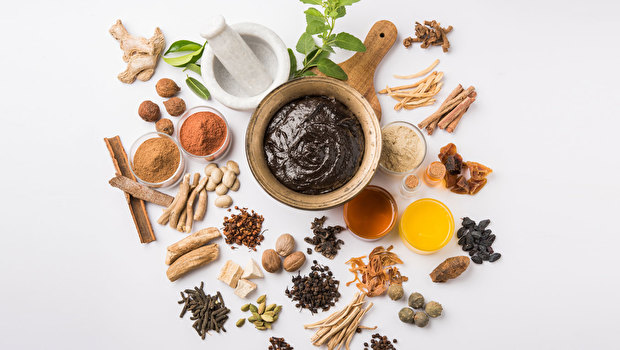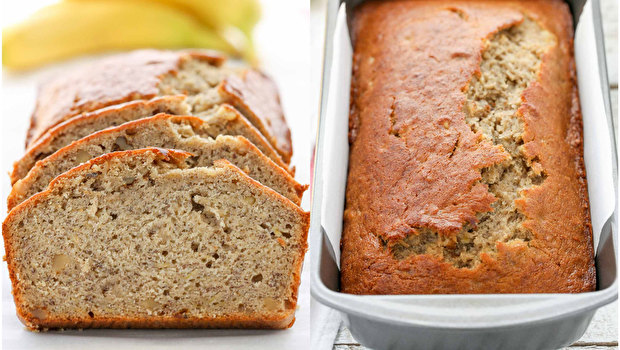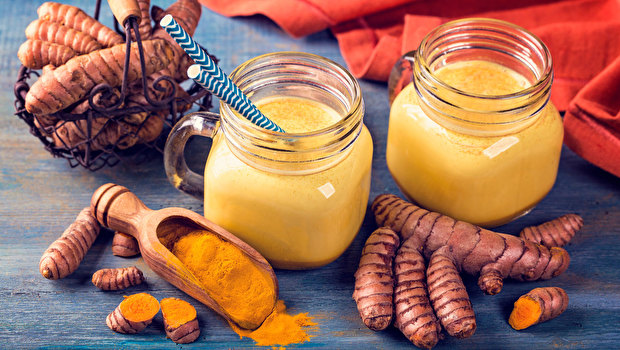Indian holidays are amazing with their rituals. And practically not a single sacred ceremony is complete without the presence in it of a mystical plant - turmeric, which is known to us mainly as a spice. The Indians believe that the bright yellow-orange color, healing and mystical properties of turmeric relieve troubles, purify, give abundance and prosperity, and bring good luck.
A few days before the wedding, the Indian bride must undergo a purification ceremony. Her body is rubbed with a turmeric-based ointment, after which she is dressed in old clothes and forbidden to leave the house until the wedding. It is believed that turmeric prepares a girl for a new life, gets rid of childhood habits, and also gives the body more beauty. Also, pregnant women wear turmeric roots - this plant protects a woman, protecting her from miscarriage.
In Europe, turmeric became known only in the Middle Ages, although its history is very ancient. In India, it is called haldi and hailed as the "queen of spices", but it is also the queen among medicinal plants. At the end of the 1st century, turmeric was brought from India to Ancient Greece, where it was appreciated and called "yellow ginger". A few hundred years later, China recognized turmeric, where it fell in love and took pride of place not only in cooking, but also in medicine. In China, they began to grow turmeric, and it was there that its best varieties were bred. In Europe, turmeric is not as widely used as vanilla and cloves. The exception is England, where turmeric is still part of many traditional English dishes. In the XVI-XVII centuries in Western Europe, turmeric was called "terra merita", which means "worthy land". Only in the middle of the 18th century did it acquire its current name - turmeric. In Central Asia, it is called zarchava, without which it is impossible to imagine the national pilaf with lamb, which is called “zarchava pilaf”.
Turmeric is native to Southeast India. This is the only place where it is found in the wild. Currently, turmeric is grown in countries with a subtropical climate, at an altitude of 2000 meters above sea level: in Cambodia, Sri Lanka, Indonesia, China, Japan, the Philippines, the islands of Madagascar, Reunion, Haiti, and in many countries of South Asia.
This is a perennial plant of the ginger family, about a meter high, slightly reminiscent of reeds in appearance, but with very beautiful flowers of different colors, depending on the variety - from white-pink to red or purple. Sometimes turmeric flowers can be seen in expensive exotic bouquets and even domesticated ones - in pots on windowsills.
The most valuable in turmeric are the roots-tubers, from which a yellow powder is made, which we know as a spice. The preparation of such a powder is a rather complicated process. The roots are dug up, cleaned of dirt, then boiled, then dried, peeled. For eating, they are ground into a fine powder.

Turmeric has a spicy, refined aroma. The taste is slightly burning, bitter, astringent, so you need to add it in a small dosage. Turmeric goes well with other spices, so it is part of many spice mixtures. Suitable for many vegetable, meat dishes, added to soups, sweet and dairy dishes, pastries. Not a single rice dish in the countries of the Indian Ocean is unthinkable without turmeric. This spice is considered traditional in England, where it is added to all egg and meat dishes and sauces. In other European countries, turmeric is used in the confectionery industry, as a natural golden yellow dye for liqueurs, marinades, butter, cheeses, and in the production of mustard. In addition to color, smell and taste, turmeric gives products freshness, increasing their shelf life.
In the Middle Ages, turmeric was used not only in cooking, but also for coloring matter, metals and wood in a golden color. Lemon juice was added to the turmeric paste, achieving a red tint that could be used to dye fabrics made of cotton, silk, wool, but this paint was not so durable, it had the property of fading in the sun.
For medicinal purposes, turmeric is used in powder form, added to dietary dishes as the main spice, as well as in the form of infusion, decoction. Adding turmeric to food promotes the production of bile and gastric juice, and is a means of increasing appetite. Turmeric is an excellent general tonic, natural antiseptic and anti-inflammatory agent for those who are weakened by chronic diseases or sick. Milk boiled with sugared turmeric roots is a popular drink for treating colds. Turmeric helps digest protein, so it pairs well with milk. Also, this drink has a rejuvenating effect on the skin and improves complexion.
It is recommended to use turmeric for many diseases of the digestive system, circulatory, respiratory. A mixture of ghee and powdered turmeric helps with coughs. Simply inhaling the smoke of burnt turmeric in some inflammatory conditions of the upper respiratory tract causes profuse mucus production and brings instant relief. Turmeric is also used for skin diseases in the form of ointments, powders, poultices. But there are also contraindications for the use of turmeric in hepatitis, it is not recommended to use it during pregnancy, people with high pitta should be especially careful when using turmeric.
The teachings of Ayurveda say that turmeric exudes the original divine maternal energy and grants prosperity, has a beneficial effect on the subtle channels of the body and chakras. Turmeric has a beneficial effect on sprains, which is why it is so popular with hatha yoga practitioners and athletes who need joint flexibility.
Turmeric is not only used in ancient Indian and Chinese medicine, but it is carefully studied and used in modern medicine. The composition of the rhizome of turmeric includes an important substance - curcumin - a natural polyphenolic compound. Last year, a group of scientists from Canada, the United States and England conducted an interesting study of the effect of curcumin on the state of heart cells in a serious disease - pathological hypertrophy. In the course of the study, an amazing fact was revealed: curcumin not only prevents the development of myocardial hypertrophy, but also restores the normal state of heart cells after their damage. Thus, scientists have found that curcumin is able not only to protect the myocardium from extremely dangerous pathological hypertrophy, but also restores the functional state of heart cells. This important discovery allowed the development of new therapeutic methods and directions in cardiology.
We offer to cook a delicious and healthy dish "Golden Rice".

For cooking you will need:
1 cup rice, preferably Basmati, or another with long grains;
2.5 cups of cold clean water;
a pinch of salt;
1/3 teaspoon turmeric powder;
2 tablespoons of melted butter;
finely chopped fresh parsley leaves.
Cooking method:
Wash and dry the rice. In a small saucepan, bring the water to a boil, adding salt and turmeric. Heat the oil in another pan and fry the rice in it for two minutes. Gradually add water with turmeric to rice. Reduce the heat and bring to a boil until the rice is soft and all the water has boiled away. Serve with fresh parsley and vegetables.
Bon appetit!








